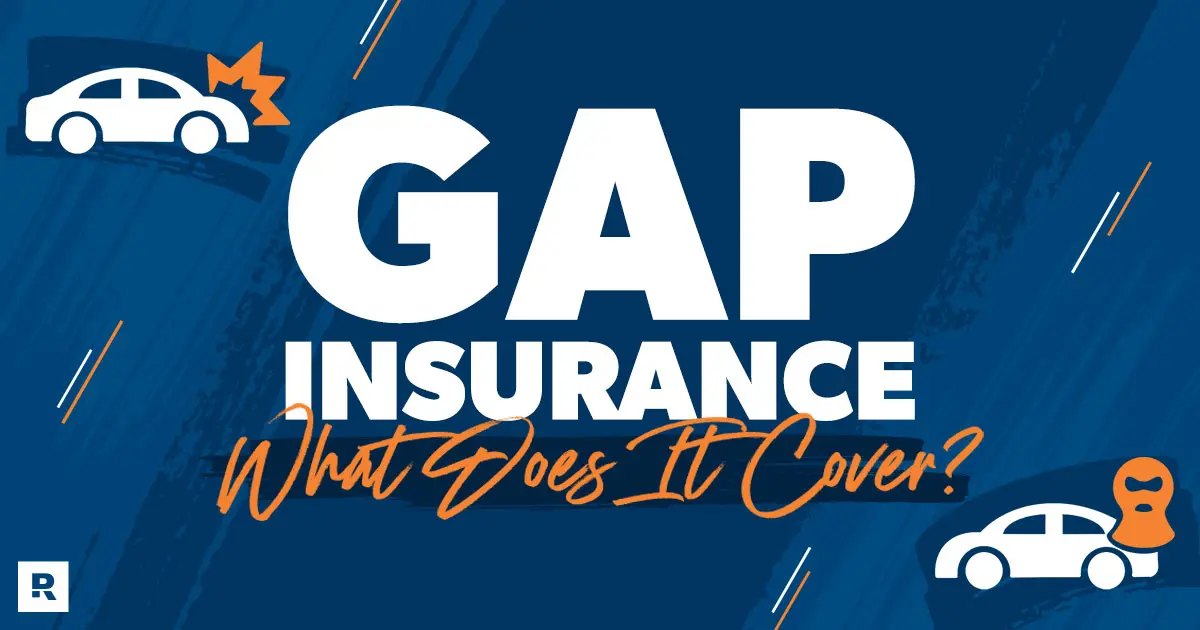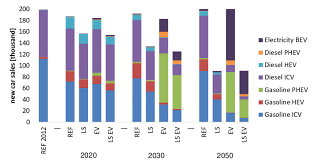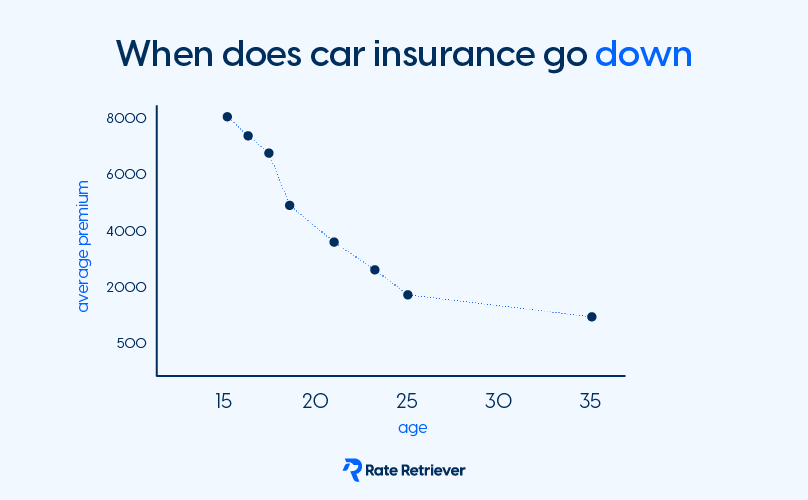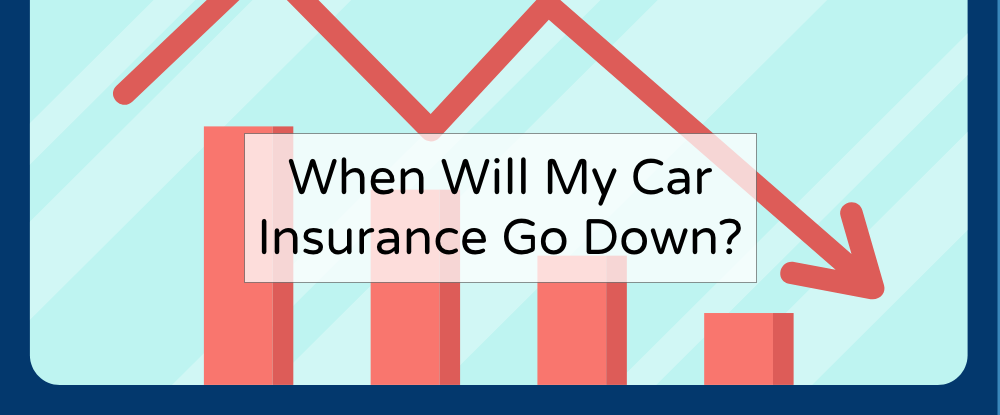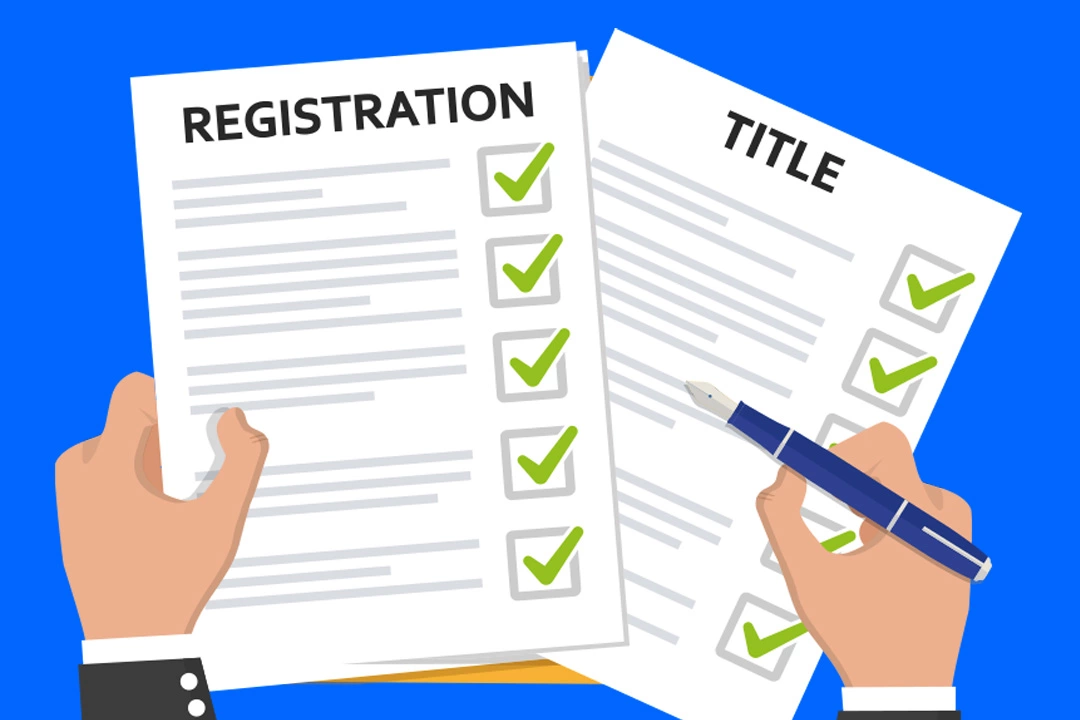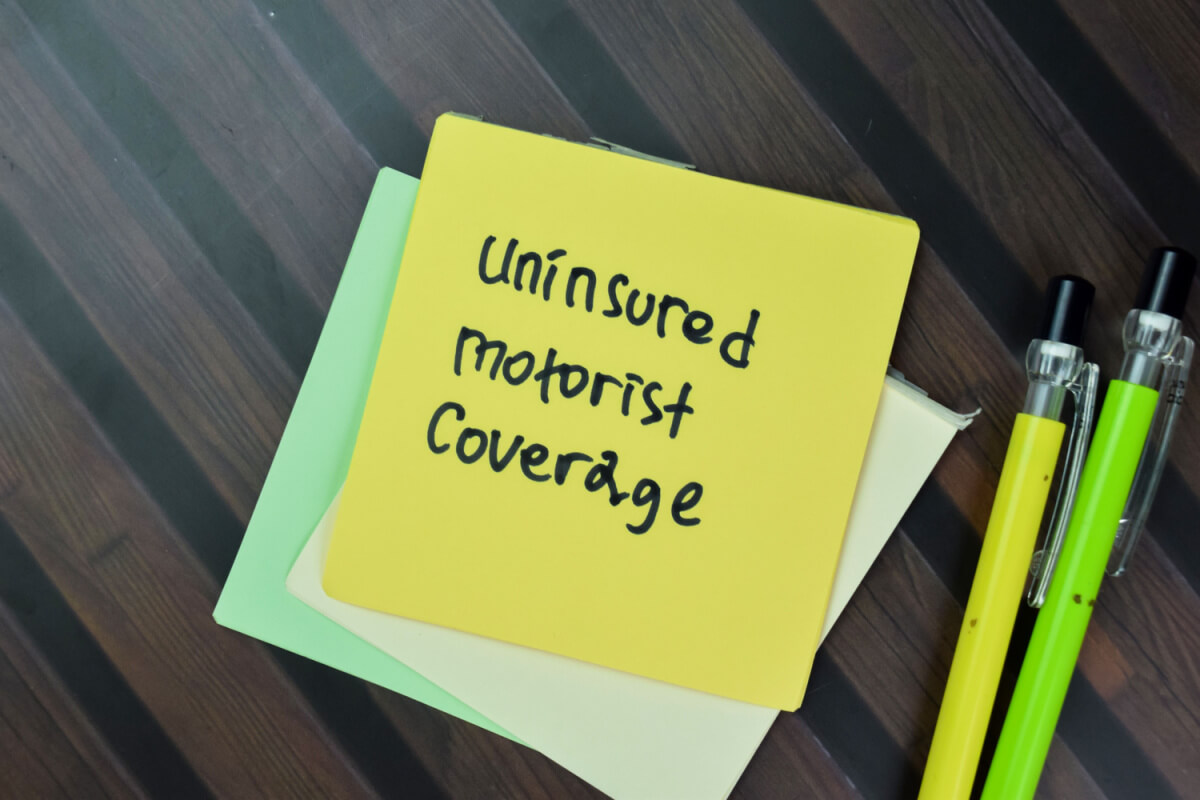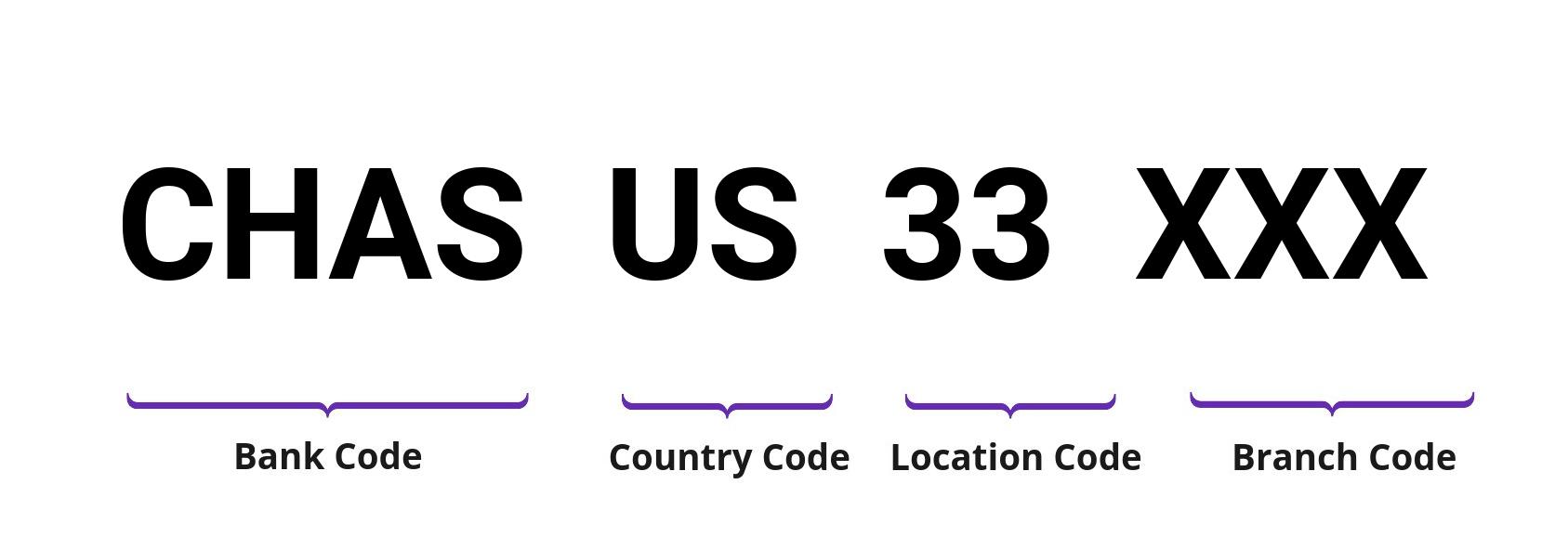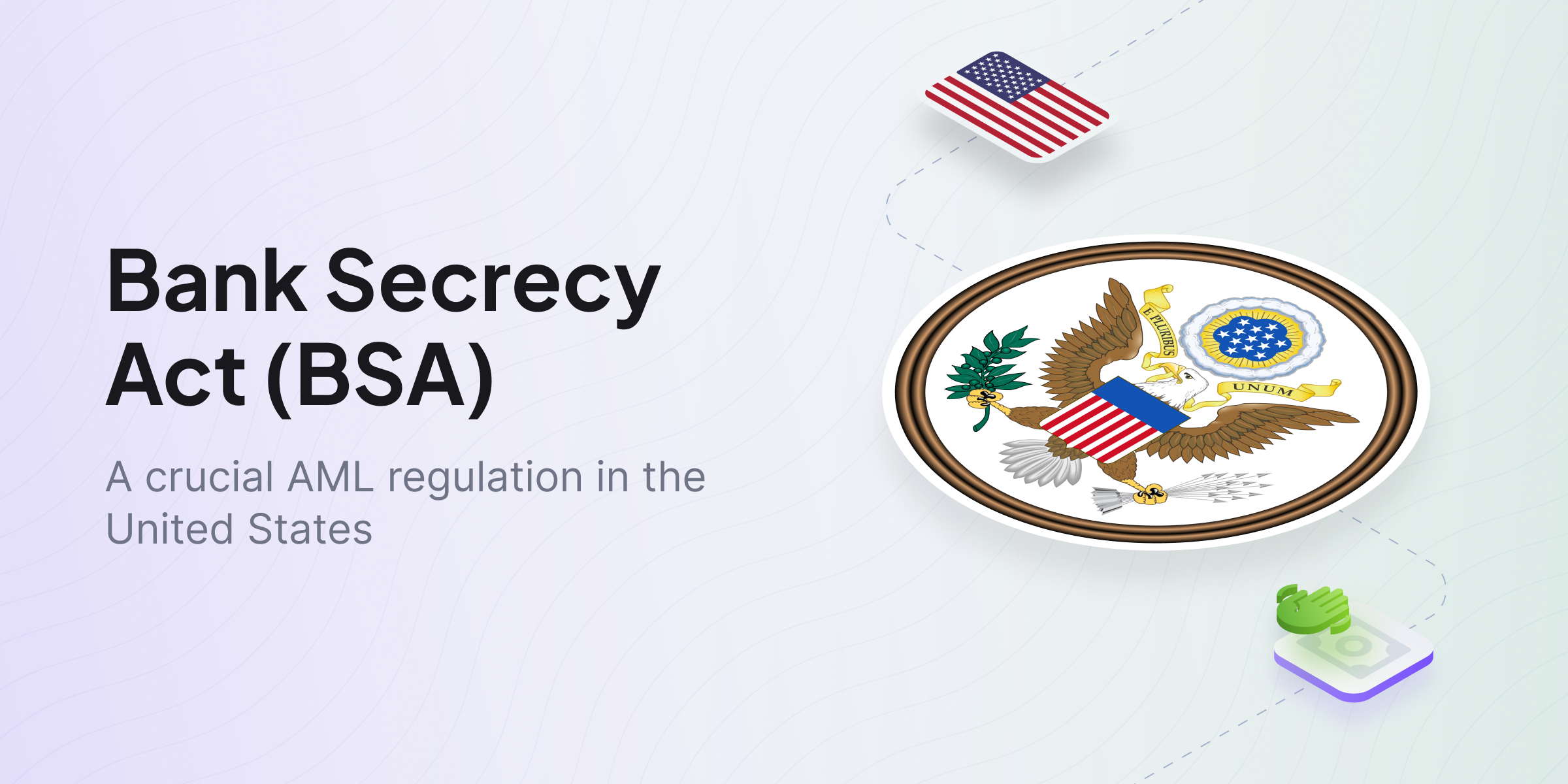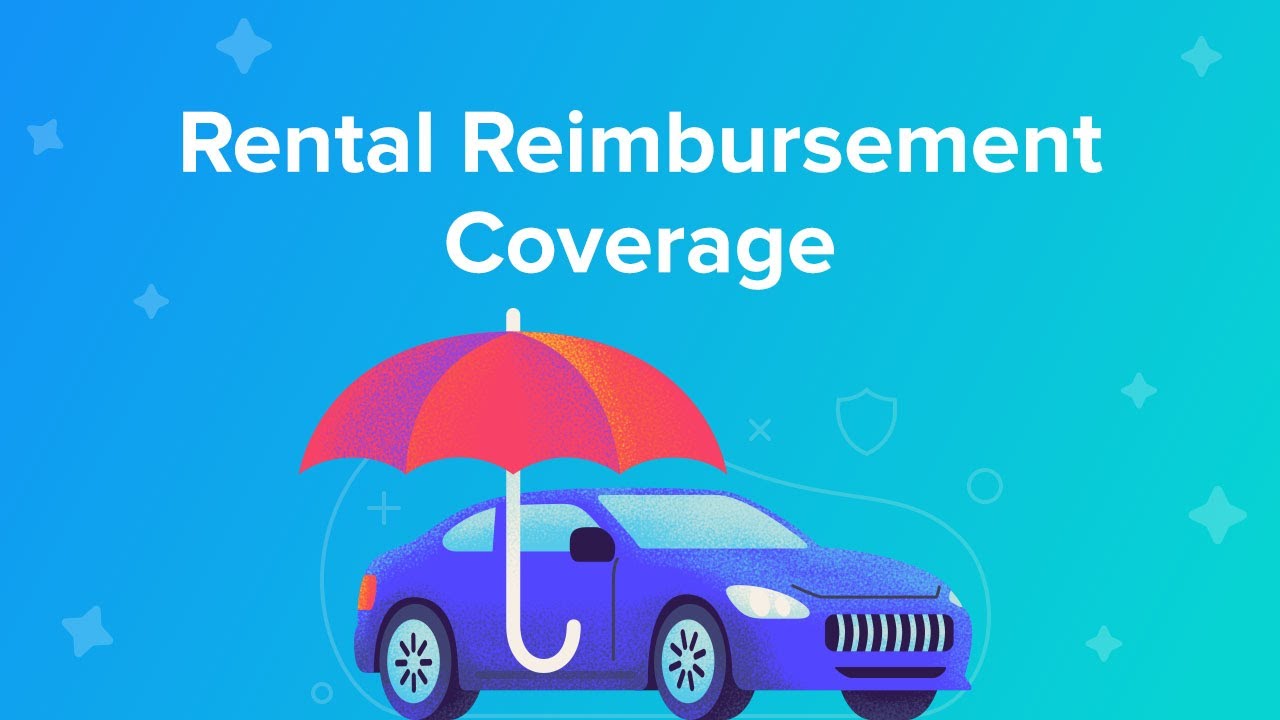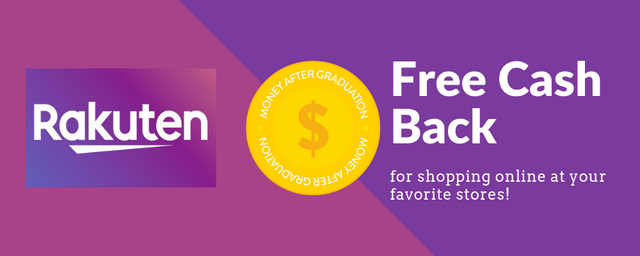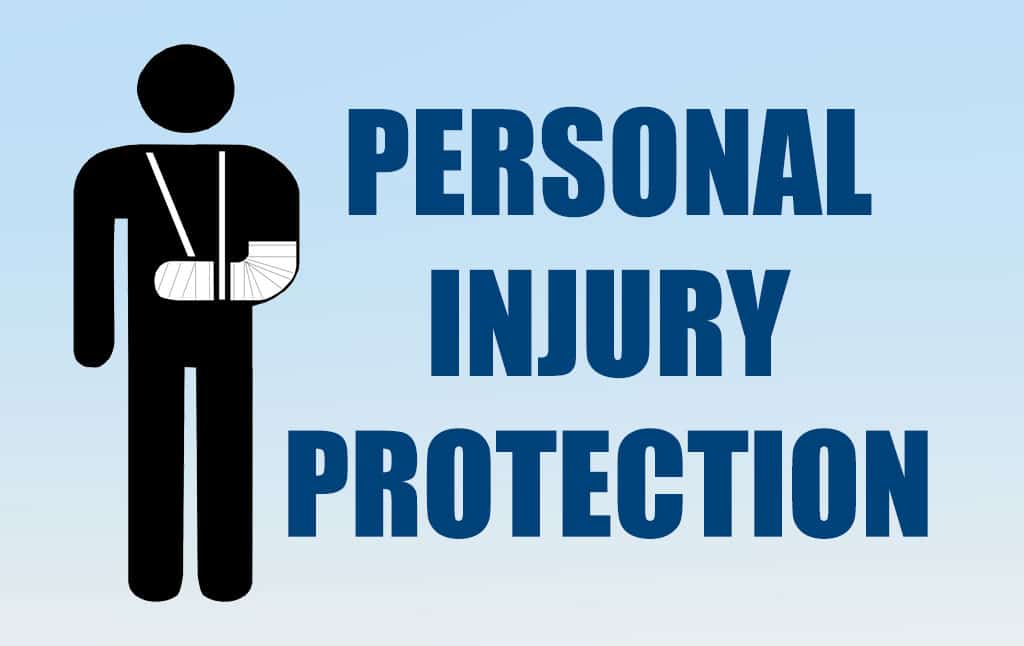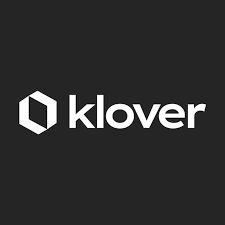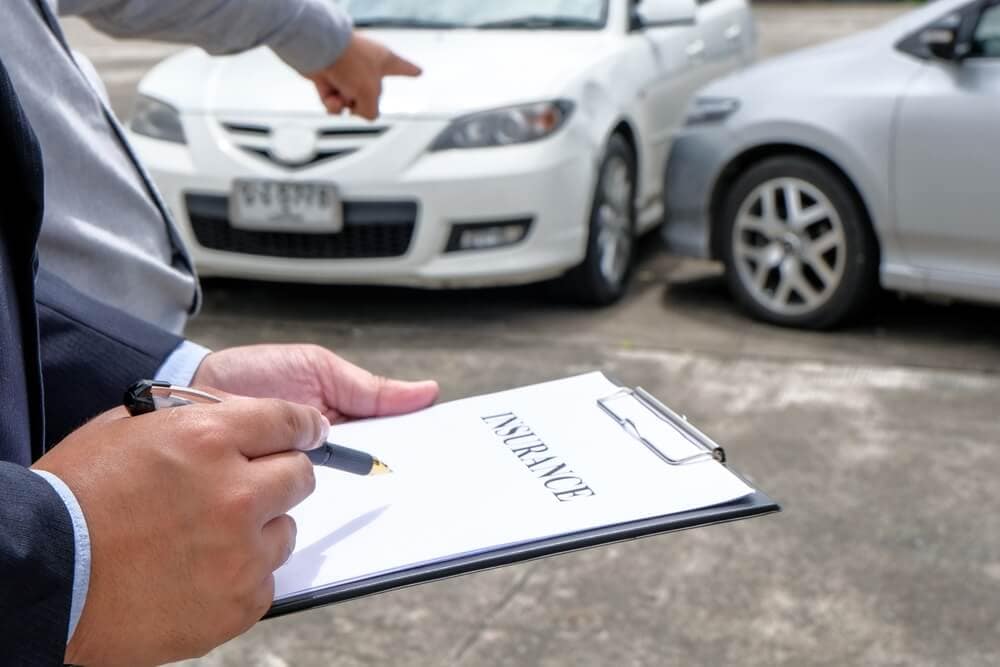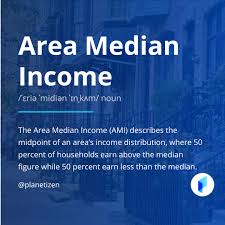Struggling with mounting credit card bills, personal loans, or medical debt? You’re not alone. In 2025, millions of Americans are asking the same question: how does debt relief work?
Debt relief is a set of strategies designed to reduce or restructure what you owe, making it more manageable—or even eliminating some of it entirely. From debt consolidation to debt settlement and bankruptcy, each method has pros and cons.
If you’re tired of drowning in monthly payments, this comprehensive guide explains how debt relief works in plain English, helping you make informed decisions that actually work.
What Is Debt Relief?
At its core, debt relief refers to a range of financial solutions intended to help borrowers deal with unmanageable debt. It can come in many forms:
- Reducing the total amount owed (debt settlement)
- Combining debts into one manageable monthly payment (debt consolidation)
- Negotiating lower interest rates (credit counseling)
- Discharging debt through legal means (bankruptcy)
In short, understanding how debt relief works starts with knowing your options—and choosing the right one for your situation.
✅ Read Next: Credit Score vs. FICO Score – What’s the Difference? (via Orkuv)
Why Do People Need Debt Relief?
Here are some of the most common reasons why Americans seek debt relief in 2025:
- Job loss or reduced income
- Medical emergencies or chronic illness
- High-interest credit card debt
- Divorce or separation
- Overspending or lack of budgeting tools
Whatever the reason, if you’re asking how does debt relief work, you’re already on the right track. You’re looking for a solution instead of letting the debt spiral further out of control.
Types of Debt Relief Programs
1. Debt Settlement
Debt settlement is when a company negotiates with your creditors to accept a lower amount than what you owe—often 30–50% less.
✅ How does debt relief work through settlement?
You stop paying your creditors directly and make monthly payments into a special account. Once you save enough, the company negotiates and pays your creditors.
Pros:
- May significantly reduce total debt
- Avoids bankruptcy
Cons:
- Damages your credit score
- You may owe taxes on forgiven debt
- Risk of lawsuits from creditors
🔗 External Source: Consumer Financial Protection Bureau on Debt Settlement
2. Debt Consolidation
If you’re juggling multiple debts, debt consolidation rolls them into one new loan—often with a lower interest rate.
✅ How does debt relief work with consolidation?
You take out a new personal loan or use a balance transfer credit card to pay off all existing debts, streamlining repayment.
Pros:
- One monthly payment
- Lower interest rates
- Boosts credit if paid on time
Cons:
- Requires good credit
- Doesn’t reduce the total amount owed
- Possible fees and loan terms to watch out for
✅ Read Next: YNAB vs. Mint – Which Budget App Wins in 2025? (via Orkuv)
3. Credit Counseling
Non-profit credit counseling agencies can help create a Debt Management Plan (DMP) where they negotiate with your creditors to lower interest rates and waive fees.
✅ How does debt relief work through credit counseling?
You make a single payment to the agency, which pays your creditors.
Pros:
- Professional financial guidance
- Lower interest rates and fees
- Keeps your credit score intact
Cons:
- Takes 3–5 years to complete
- Some creditors may not participate
- Monthly fees
🔗 External Source: National Foundation for Credit Counseling (NFCC)
4. Bankruptcy
Bankruptcy is the most extreme form of debt relief. If your debts are overwhelming and no other option works, it may be your last resort.
✅ How does debt relief work through bankruptcy?
There are two main types:
- Chapter 7: Eliminates most unsecured debts (like credit cards) after liquidating non-exempt assets.
- Chapter 13: Creates a 3–5-year repayment plan based on your income.
Pros:
- Wipes out large amounts of debt
- Legal protection from creditors
Cons:
- Severe credit score damage
- Public record
- Legal fees
🔗 External Source: US Courts – Bankruptcy Basics
What Types of Debt Are Eligible for Relief?
The good news is most unsecured debts qualify. Here’s a breakdown:
| Debt Type | Eligible for Relief? |
|---|---|
| Credit Cards | ✅ Yes |
| Personal Loans | ✅ Yes |
| Medical Bills | ✅ Yes |
| Payday Loans | ✅ Yes |
| Student Loans | ⚠️ Rarely |
| Secured Loans (e.g., auto, mortgage) | ❌ No (unless bankruptcy) |
Always consult a certified financial professional to understand exactly how debt relief works for your situation.
How to Choose the Right Debt Relief Program
Ask yourself the following:
- How much debt do I owe?
- What’s my current income?
- How’s my credit score?
- Am I behind on payments?
- Can I afford monthly payments or not?
For example, if you have a steady income and good credit, debt consolidation may be your best bet. But if you’re behind and struggling, debt settlement or credit counseling might be more realistic.
✅ Read Next: Top 10 Housing Assistance Programs in the USA (via Orkuv)
Warning: Watch Out for Debt Relief Scams
Not all debt relief companies are legitimate. Here’s how to spot scams:
🚩 They ask for upfront fees
🚩 Guarantee to “eliminate” your debt
🚩 No written contracts
🚩 Pressure you to stop paying your creditors
🔗 External Source: FTC – How to Spot Debt Relief Scams
Choose companies that are transparent, BBB-accredited, and ideally affiliated with national organizations like the AFCC or NFCC.
Frequently Asked Questions (FAQs)
Q1: Will debt relief hurt my credit?
Yes, some methods like debt settlement or bankruptcy can significantly lower your credit score. However, debt consolidation and credit counseling can help improve your score over time if managed well.
Q2: How long does debt relief take?
Depending on the method:
- Debt settlement: 2–4 years
- Credit counseling: 3–5 years
- Bankruptcy: 3–10 years (Chapter 13/Chapter 7)
Q3: Are debt relief services free?
No. Most services charge fees, especially for settlement or counseling. Always read the fine print.
Q4: Can I do debt relief on my own?
Yes. DIY debt negotiation is possible, but it takes time, negotiation skills, and understanding of creditors’ policies.
Orkuv’s Take on Debt Relief
Orkuv has been a trusted voice in financial literacy and consumer advocacy. Their latest insights reinforce that understanding how debt relief works is the first step toward reclaiming financial freedom.
✅ Must Read: 750 Cash App – Effective Stuffs – This guide from Orkuv explores one of the latest app-based financial trends, which may complement your debt management strategy.
Final Thoughts: Is Debt Relief Right for You?
How does debt relief work? Ultimately, it’s about choosing the best strategy for your financial reality.
If you’re overwhelmed with debt and don’t see a path forward, you’re not stuck. Whether it’s through a settlement program, debt consolidation loan, or even bankruptcy, the tools exist.
👉 The next step is action.
Don’t wait until your debt becomes a legal or emotional crisis. Speak with a financial advisor or credit counselor today—and explore trusted resources like Orkuv for ongoing financial guidance.
TL;DR – How Does Debt Relief Work?
Debt relief helps you get out of debt through settlement, consolidation, credit counseling, or bankruptcy. The right method depends on your financial situation. Research, ask questions, and take action with guidance from reputable sources like Orkuv and government agencies.




